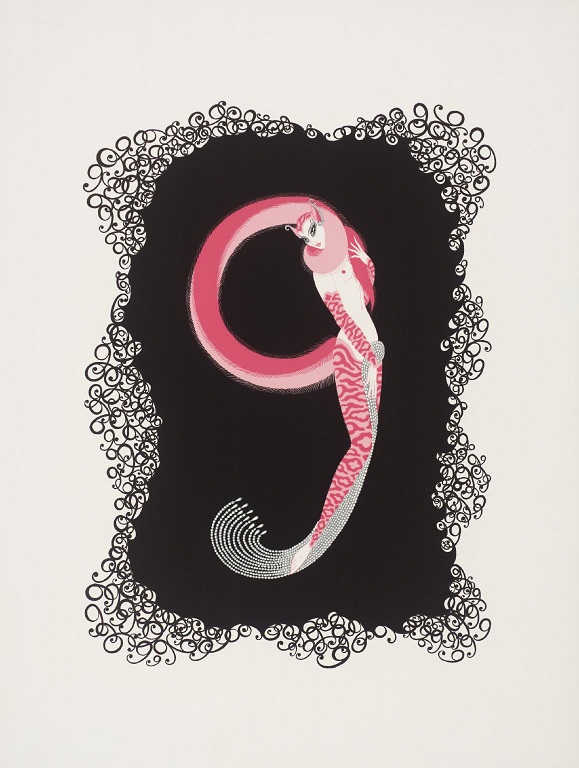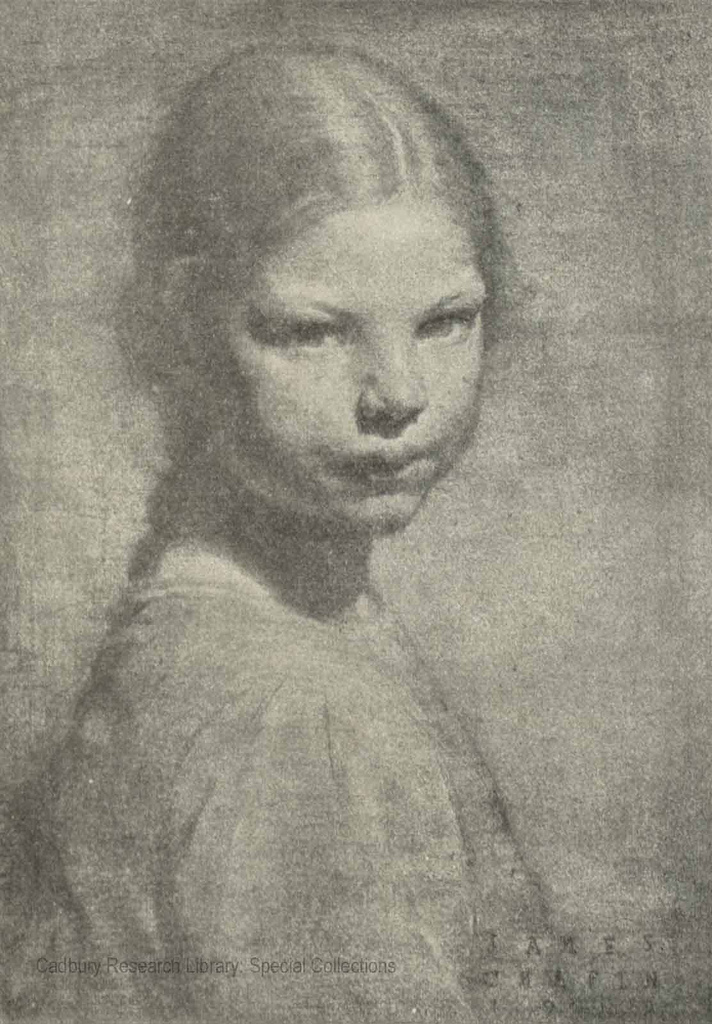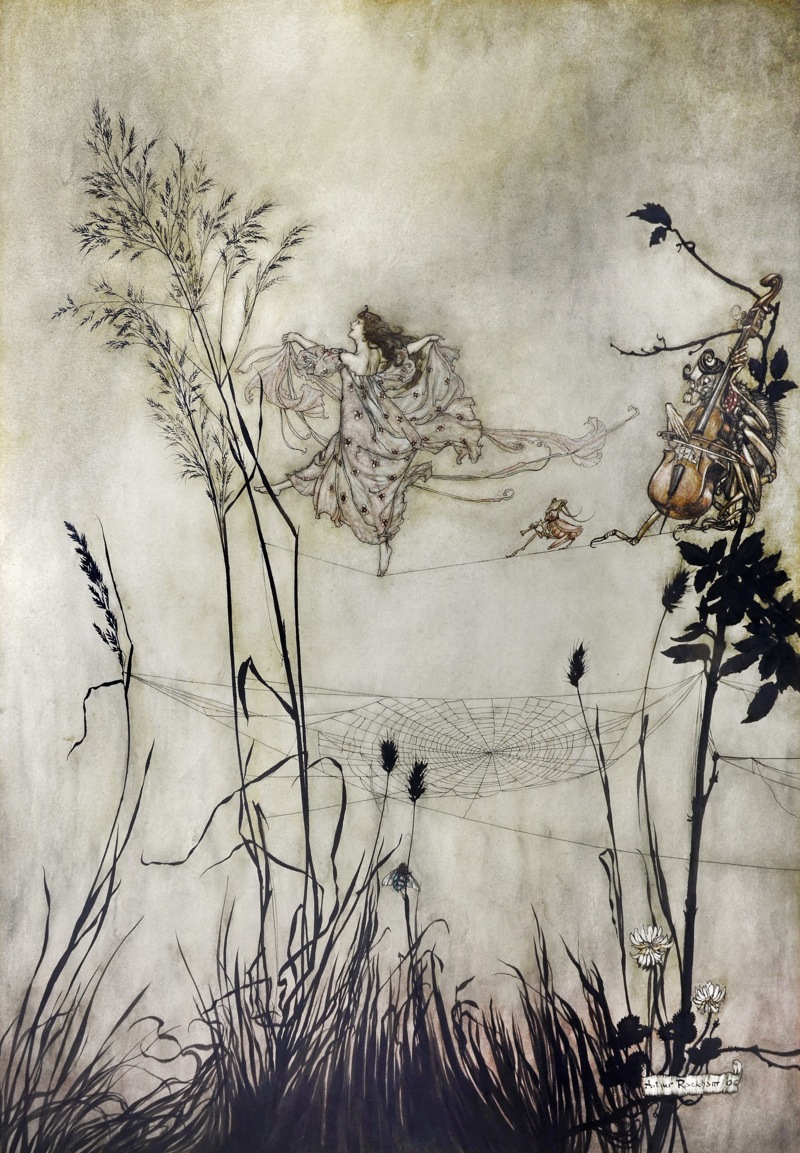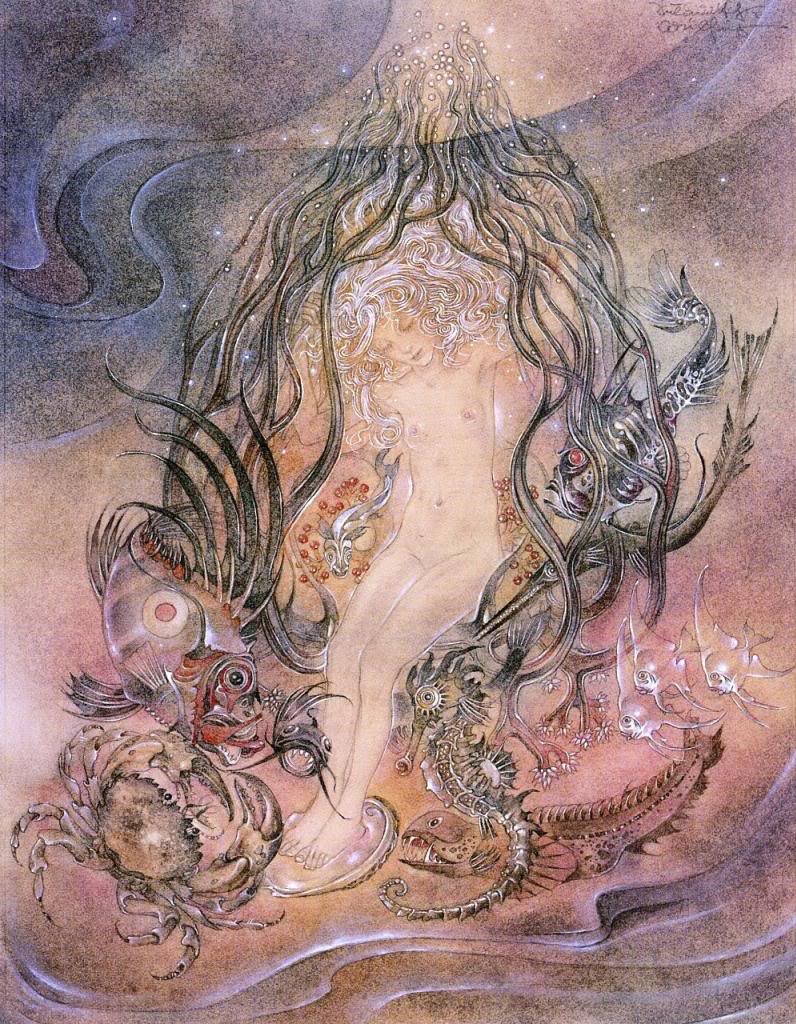
My last selection from that young poetess: a little girl’s fantasy about ages printed on a cardboard. This is also my ninety ninth post. CONTINUE READING / CONTINUER LA LECTURE…

My last selection from that young poetess: a little girl’s fantasy about ages printed on a cardboard. This is also my ninety ninth post. CONTINUE READING / CONTINUER LA LECTURE…
When a child seems precocious and does things generally regarded as above the capacities of her age, one often wonders what role her parents did play in her achievements. Did she develop her gifts by herself, independently of any adult influence? Or did her parents encourage her talent? Or did they train her intensively like a circus animal in order to artificially create a genius? CONTINUE READING / CONTINUER LA LECTURE…

As a little girl, Hilda Conkling recited poems to her mother, Grace Hazard Conkling, who wrote them down. She would then, apparently without telling Hilda, publish some of them in journals and periodials, in particular in Poetry: A Magazine of Verse. In the issue of September the 1st, 1919, there is an interesting correspondence about Hilda, then approaching her 9th birthday, her writing and her talent. CONTINUE READING / CONTINUER LA LECTURE…

A dreaming little girl wonders about the dreams of old people and old trees … They must be different from her own, she is so young. CONTINUE READING / CONTINUER LA LECTURE…

LOVELINESS
by Hilda ConklingLOVELINESS that dies when I forget
Comes alive when I remember.
In previous posts, I have presented two themes from Poems by a Little Girl (1920), Hilda Conkling’s first volume: dreams, often involving fairies and nature, then rose petals, which she associates with her heart, or with a dove representing love. In her second volume Shoes of the Wind (1922), the topics of dreams, roses and love become united within two beautiful poems, but here love becomes more personal. Indeed, Hilda was no more a little girl, she entered into puberty, so her fantasies and desires took a more womanly form. Also the style of her poetry matured, with a quasi-adult sophistication. CONTINUE READING / CONTINUER LA LECTURE…

A strange little song in Shoes of the Wind, A Book of Poems (1922), transcribed from the digitisation of the original edition on Internet Archive. CONTINUE READING / CONTINUER LA LECTURE…

A sweet little poem giving hope to grieving hearts, from Shoes of the Wind, Hilda’s second collection. CONTINUE READING / CONTINUER LA LECTURE…

Two years after Poems by a Little Girl in 1920, Hilda Conkling published her second book of verses: Shoes of the Wind, A Book of Poems. She was 12 years old when the book appeared, and the poems in it were probably written between the ages of 9 and 12. They show a great maturity, with a literary style generally close to that of adulthood. On the other hand, they seem more conventional than her early works in the first volume, where she could as a child let her imagination flow unfettered. CONTINUE READING / CONTINUER LA LECTURE…

The child poet composed this charming little poem at age five or six, and her mother wrote it down. It was published in 1920 in her first collection Poems by a Little Girl. Hilda shows her empathy for nature, wondering if an isolated flower feels lonely, but fortunatly it does not. CONTINUE READING / CONTINUER LA LECTURE…

June is coming, with sun and red fruits… it is thus the proper time for this joyous little piece by Hilda Conkling (1910–1986), written when she was aged between 7 and 9, and published in 1920 in Poems by a Little Girl. CONTINUE READING / CONTINUER LA LECTURE…